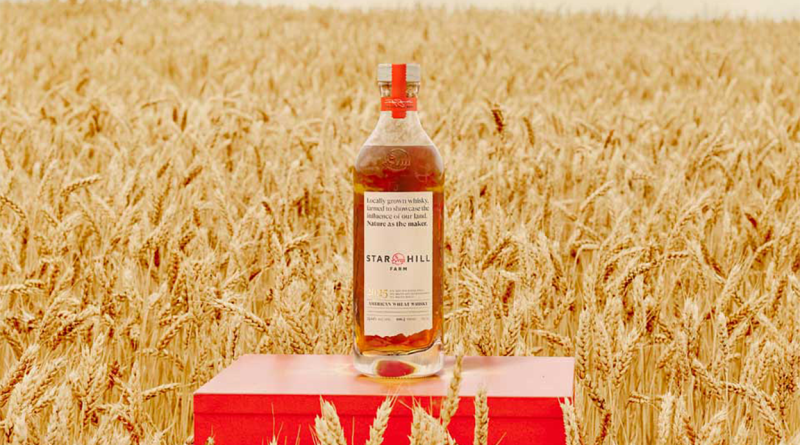Maker’s Mark Reveals Star Hill Farm Whisky: A New Era in Whisky
Subscribe to our free newsletter today to keep up-to-date with the latest food news
For more than 70 years, Maker’s Mark has stood as a pillar of the American bourbon tradition, known for its iconic red wax seal and wheated bourbon recipe. In a bold departure from tradition, the distillery has introduced its first non-bourbon whisky: Star Hill Farm Whisky.
Embracing regenerative agriculture as a foundation for flavor
At the heart of Star Hill Farm Whisky is a commitment to regenerative agriculture, a soil-first farming approach that supports biodiversity, improves water cycles, and rebuilds organic matter. Maker’s Mark has cultivated soft red winter wheat on its Star Hill Farm estate using these methods. The goal is to set a precedent for sustainability in the industry.
The distillery, located in Loretto, Kentucky, is one of the few American whisky producers to have achieved B Corporation certification. This status aligns its business goals with social and environmental responsibility. The farming initiative on its 1,100-acre estate is restoring ecosystems and producing better-tasting whisky from the ground up.
How Maker’s Mark crafted its first wheat whisky
The innovation of Star Hill Farm Whisky lies in its composition. It blends two experimental mash bills: one made of 70% soft red winter wheat and 30% malted barley, and another crafted entirely from 100% malted wheat. Combined, the final product carries a mash bill of 61% wheat, 20% malted wheat, and 19% malted barley. This choice of grains, all grown on the estate, emphasizes texture, roundness, and a layered flavor profile seldom found in traditional bourbons.
The whisky is aged for seven to eight years in virgin American oak barrels and bottled at cask strength of 57.35% ABV. This technique allows the full spectrum of flavors to shine through without dilution. It offers an unfiltered glimpse into the whisky’s agricultural roots and distillation artistry.
The flavor profile behind Star Hill Farm Whisky
Tasting Star Hill Farm Whisky reveals a notable departure from bourbon’s caramel-heavy structure. Instead, it introduces subtle floral and confectionery notes, with early impressions of white chocolate, jasmine, and candyfloss. As it opens, richer layers of bittersweet orange peel, cinnamon stick, nutmeg, and toffee apple skin emerge, balanced by a buttery, almost creamy mouthfeel.
This complexity is credited not just to the grain mix or aging process but also to the influence of the farm’s soil and crop rotation practices. By enriching the earth where the wheat grows, the distillery has essentially altered the raw material in ways that translate directly into the glass.
Sustainability drives innovation at Maker’s Mark
The launch of Star Hill Farm Whisky signals a long-term commitment to sustainability beyond labeling. Maker’s Mark has integrated climate science into its distilling operations, from water conservation efforts to land stewardship. The distillery collaborates with agronomists and environmental scientists to monitor soil carbon levels and biodiversity. It is building a model that other spirit makers may soon follow.
This release also hints at a broader vision for the Star Hill Farm label. It is expected to expand with additional small-batch, grain-forward whiskies, all produced using ingredients from the estate’s regenerative ecosystem.
In many ways, Star Hill Farm Whisky serves as a proof of concept for how legacy distilleries can lead change without abandoning craftsmanship. It is a whisky born from the soil, rooted in science, and distilled for a new generation of drinkers who care as much about how something is made as what it tastes like.
Sources:
